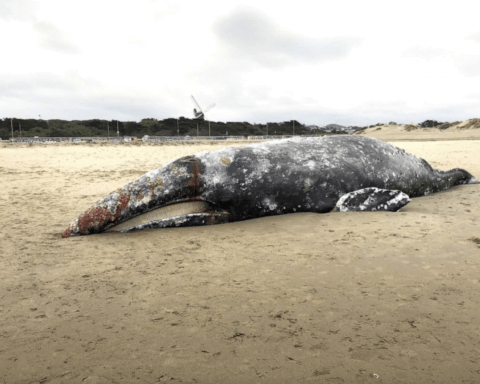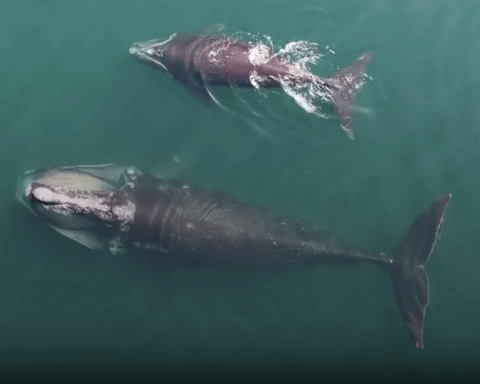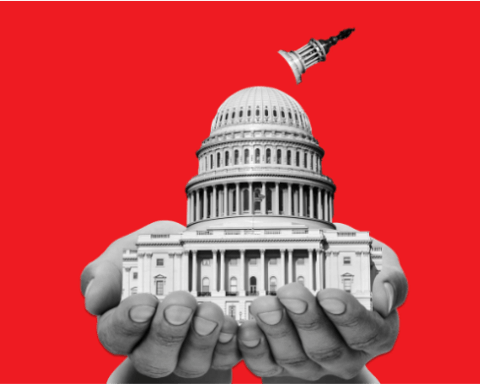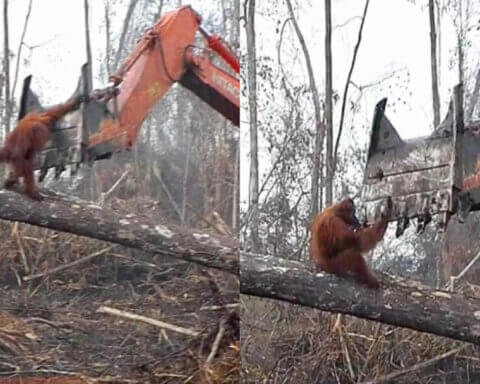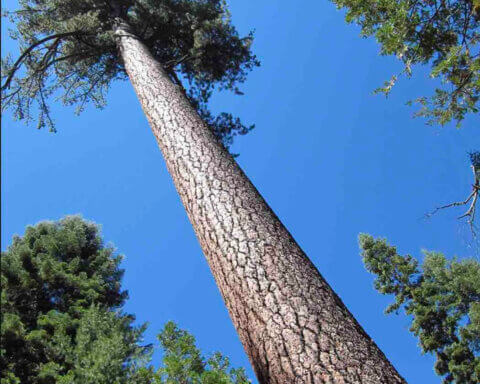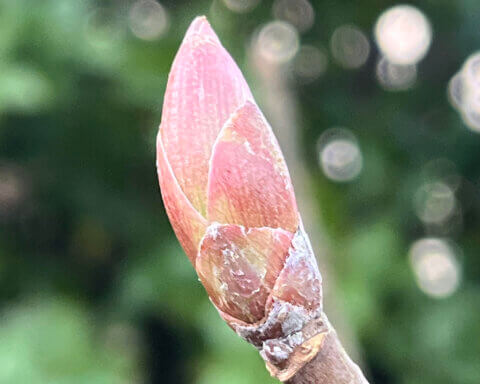Hundreds of thousands of visitors come from around the world to witness the spring majesty of Washington D.C.’s flowering cherry trees. This breathtaking event reminds us that trees are remarkable.
There are over 80,000 tree species and their progenitors have inhabited our planet for over 350 million years. They provide watersheds, supply drinking water for billions of people, protect cities from stormwater runoff, and reduce cooling costs to our homes and buildings by as much as 40 percent. City trees also absorb mega-tons of air pollutants each year.
Trees and ancient forests are superlative carbon dioxide warehouses. In return, ancient forests provide more than one of every three breaths of oxygen. Ancient forests provide invaluable habitat for animals. They are also vanguards of some of the most potent cancer, coronary and pain medicines known to science.
This year the National Cherry Blossom Festival extends from March 17 to April 15. The magnificent white, pink and double pink cherry blossoms are Nature’s way of ushering in spring and enticing us after a long, cold winter, to explore the outdoors of our nation’s capital city.
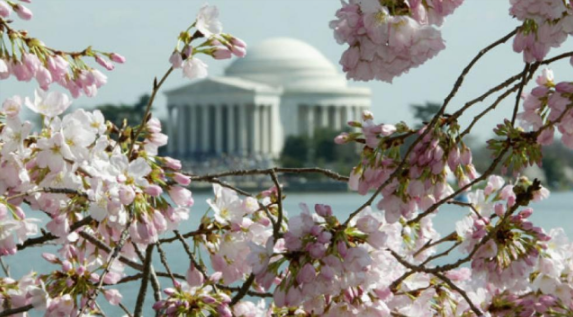
The story of these exquisite cherry trees is a rich tapestry, interwoven by visionary women, children and peace.”
In 1885, Eliza Ruhamah Scidmore, an American travel writer, photographer and naturalist, returned from Japan and first proposed to the U.S. Army Superintendent of the Office of Public Buildings and Grounds that Japanese flowering cherry trees beautify the banks of the reclaimed Potomac waterfront.
It took 24 years before Mrs. Scidmore, the first female board member of the National Geographic Society, to finally realize her vision. In 1909, she wrote to First Lady Helen Herron Taft and suggested planting Japanese flowering trees or sakura – known in Japan as the exalted flowering plant. First Lady Taft graciously embraced the idea and saw it to fruition.
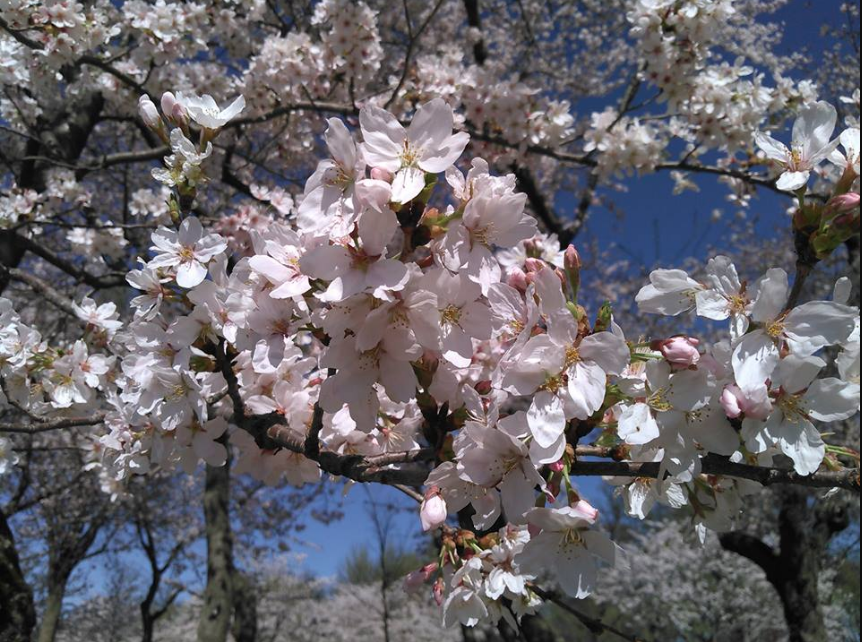
Photo credit: dcbikeblogger.wordpress.com
A gift from the city of Tokyo of 3,020 cherry trees, from cuttings along the bank of the Arakawa River in Tokyo grafted onto specially selected under-stock, arrived in Washington, D.C. on March 26, 1912.
The next day, First Lady Taft and Viscountess Chinda, wife of the Japanese Ambassador, planted two Yoshino cherry trees on the northern bank of the Tidal Basin. Incidentally, those two cherry trees are still thriving more than a century later, a couple hundred yards west of the John Paul Jones Memorial at the end of 17th Street, SW. To commemorate this historic event, schoolchildren in 1927 re-enacted the tree planting ceremony.
The Cherry Blossom Pageant was created in 1940, and by 1947, the festival spanned two days and over 450,000 people crammed the Tidal Basin to celebrate the glorious spring cherry blossoms.
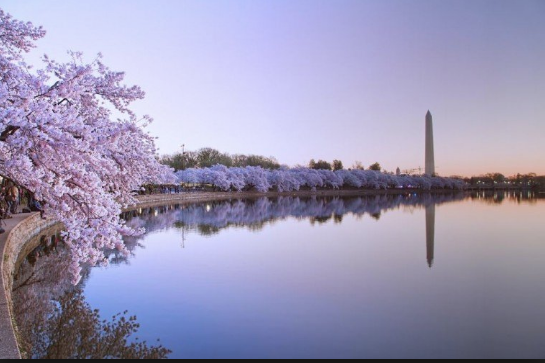
Photo credit: Abhileet Karle
Each year, the National Cherry Blossom Festival officially commences by lighting an 8-foot high, 20-ton granite Lantern, a gift from Japan in 1954 to commemorate the 100th anniversary of the first Treaty of Peace, Amity of March 31, 1854, between the United States and Japan.
In 1957, Yositaka Mikimoto, President of Mikimoto Pearls, donated a Mikimoto pearl crown used each year at the coronation of the National Cherry Blossom Festival Queen on the night of the Grand Ball.
The First Lady, Claudia Alta “Lady Bird” Johnson, accepted another generous gift of 3,800 Japanese flowering cherry trees in 1965, and with Mrs. Ryuji Takeuchi, wife of the Japanese Ambassador, re-enacted the 1912 tree planting ceremony.
Perhaps the most coveted of all the tree gifts over the past century arrived in November 1999. Fifty trees were propagated from a 1,500 year old Usuzumi cherry tree planted by the 26th Emperor Keitai of Japan in 499 AD in the village of Itasho Neo, to celebrate his ascension to the throne.
Today, 12 species of flowering cherry trees or almost 3,800 specimens grace our nation’s capital city. The vast majority are Yoshino cherries. Their elegant, profuse, pale pink, almond-scented, spring flowers fade to white and sometimes last on the trees for a couple weeks. Later in the summer Yoshino black cherry fruit becomes an important food source for many songbirds.
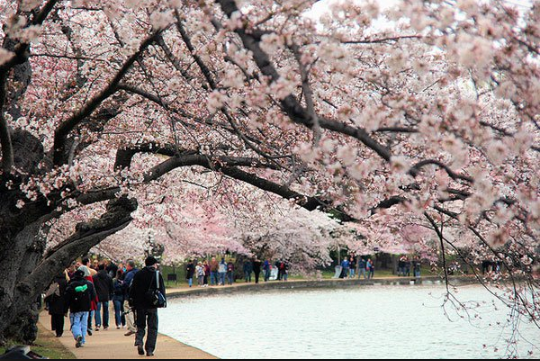
Photo credit: washingtonian.com
Yoshino cherries line the Tidal Basin, West Potomac Park and the grounds of the Washington Monument. The very attractive, double pink flowers of the Kwanzan cherries are found along East Potomac Park. They flower a couple weeks after the Yoshino cherries.
The National Treasure of Japan or the 50 Usuzumi cherry trees were planted in West Potomac Park.
From the cities of Seattle to San Diego and arboretums from Brooklyn to St. Louis – Americans rejoice as Japanese flowering cherries bring warm smiles and the joy of spring to our culturally diverse nation. A reminder of natural beauty amid America’s concrete towers.
•••••••••••••••••••••••••••••••••••••••••••••
Dr Reese Halter is a treehugger, storyteller, award-winning broadcaster, distinguished conservation biologist and author.
Dr Reese Halter’s latest book is
Save Nature Now
Tweet @RelentlessReese



